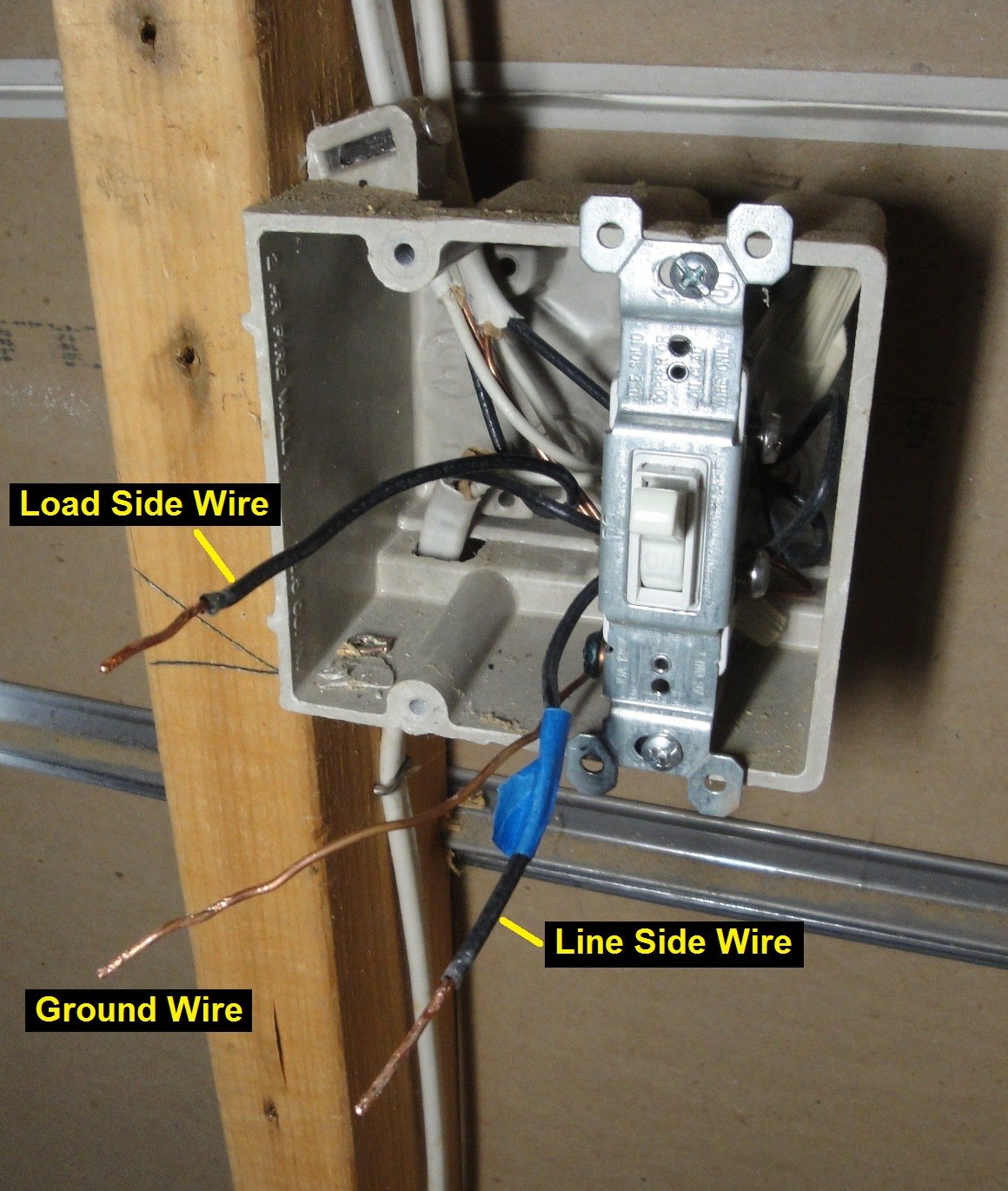The first protective relays were electromagnetic devices, relying on coils operating on moving parts to provide detection of abnormal operating conditions such as over-current, over-voltage, reverse power . These types of devices protect electrical systems and components from damage when an unwanted event occurs, such as an electrical fault. Leave unaffected equipment in-service. Maintain equipment operating limits. Actually circuit breaker isolates the faulty system from rest of the healthy system and this circuit breakers .
A relay is automatic device which senses an abnormal condition of electrical circuit and closes its contacts.

These contacts in turns close and complete the circuit breaker trip coil circuit hence make the circuit breaker tripped for disconnecting the faulty portion of the electrical circuit from rest of .

What is electrical protection device? How does electrical protection device work? Construction of electrical protection device. In generating stations, all electrical circuits and machines are subject to faults. A fault is generally caused by the breakdown of insulation between.
These appliances must have their chassis connected to electrical earth. Protects desktops, servers and switches. A circuit breaker is an automatically operated electrical switch designed to protect an electrical circuit from damage caused by excess current, typically resulting from an overload or short circuit. If it is desired to protect an individual circuit, an RCBO (residual-current circuit breaker with overcurrent protection ) can be used.
It also includes all devices associated with control, metering and regulating of electrical power system. Mersen can deliver industry-leading safety and electrical protection training on- site at your facility or ours. In electronics and electrical engineering, a fuse is an electrical safety device that operates to provide overcurrent protection of an electrical circuit. Process and plant considerations will often require the installation of electrical systems and instruments in hazardous atmospheres that pose the potential danger for electrical ignition, resulting in fire or explosion.
This concern is particularly common in chemical manufacturing, oil and . Design requirements for specific types of electrical protective equipment. You will find further details on these courses below: . In this article, Richard Townsen Senior Engineer at the IET, looks at the fundamental rules . Littelfuse is the world leader in circuit protection offering protection of electronic parts and electrical components such as automotive fuses, thyristors and more. This section does not cite any sources. Please help improve this section by adding . Possible causes for overcurrent include short circuits, excessive loa incorrect design, or a . Discrimination is the practice of selecting protective devices and adjusting their settings in order to limit interruption to electrical installations under fault conditions. NOT in Safety Training, Please!
Electrical protection – device checking power system part operation (G,. T, V) = protected object, to ensure normal operation.
No comments:
Post a Comment
Note: Only a member of this blog may post a comment.